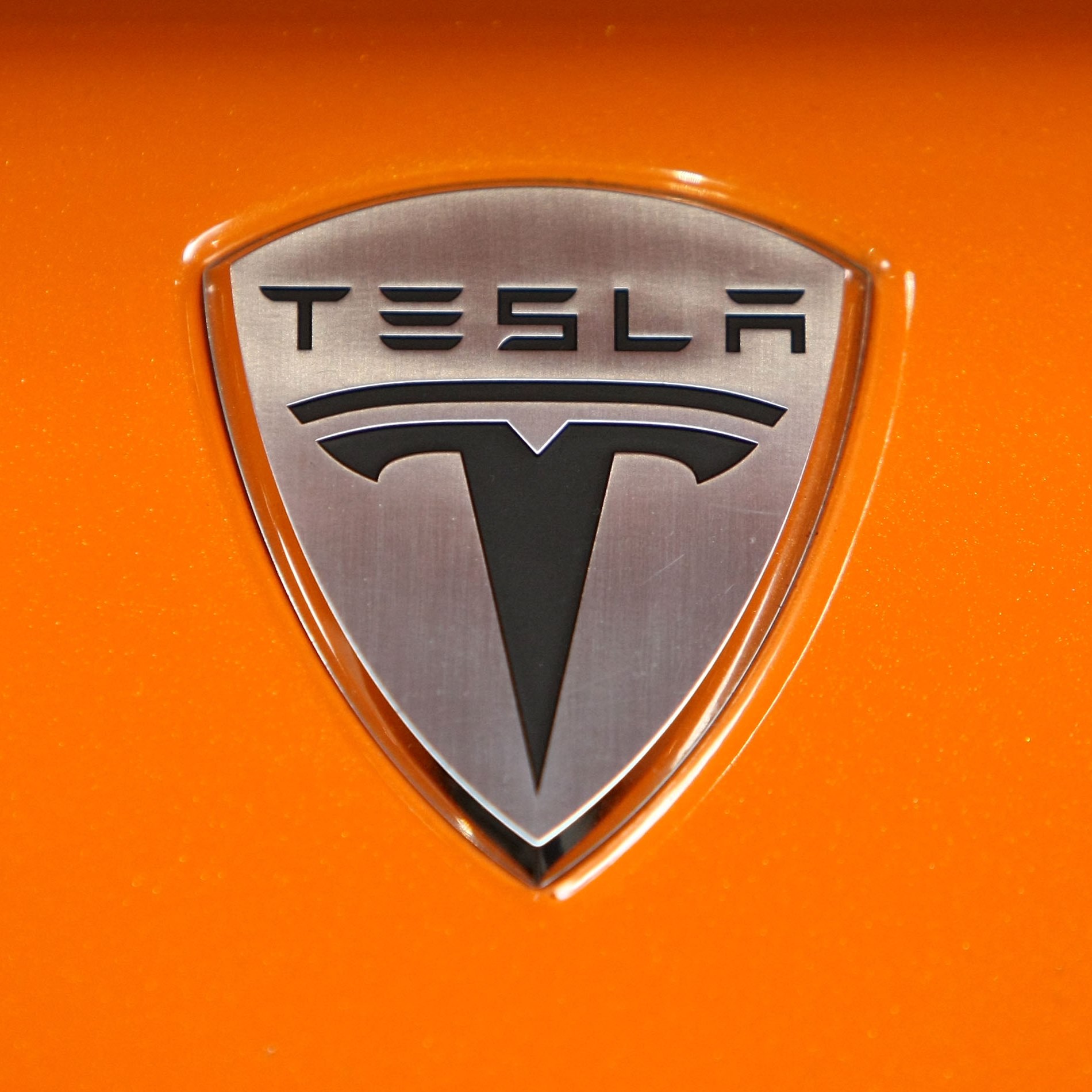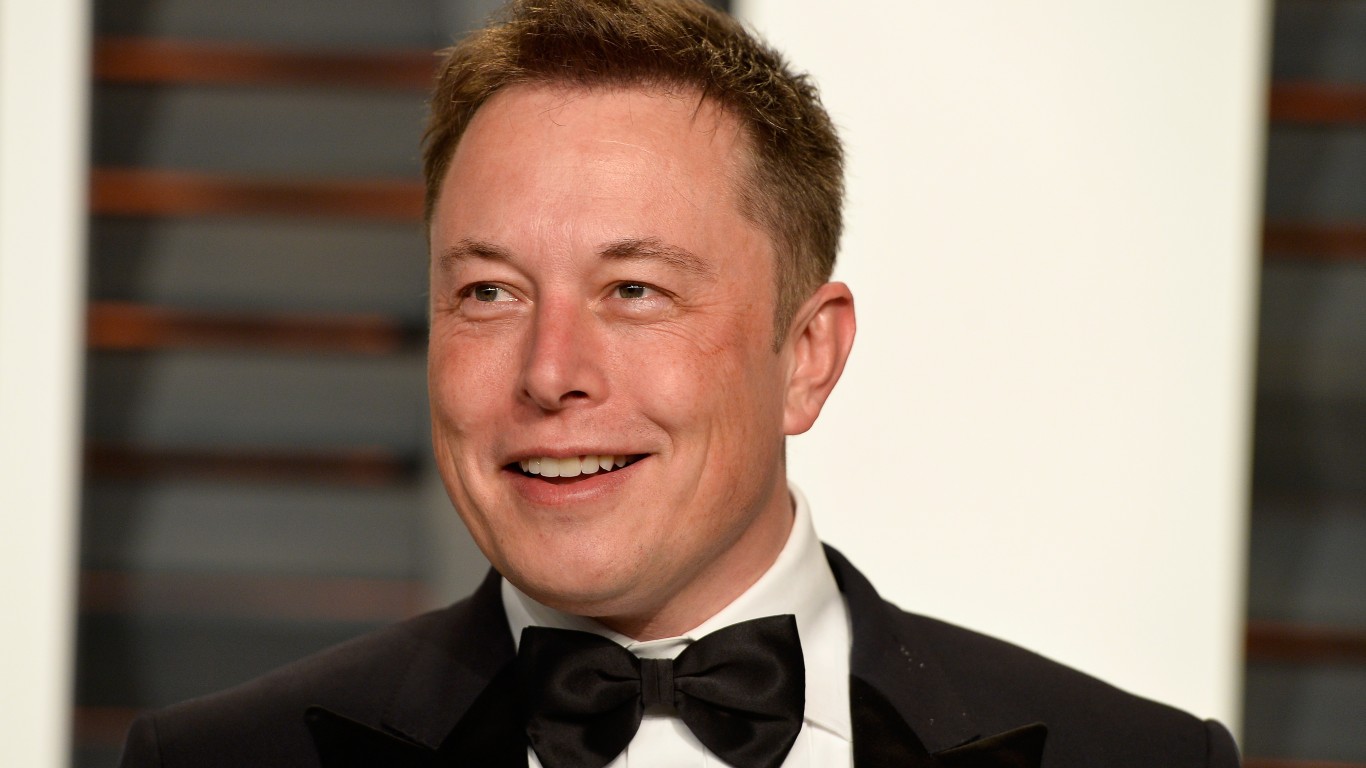
When Tesla Motors Inc. (NASDAQ: TSLA) reports first-quarter 2016 results after the closing bell on Wednesday, analysts are expecting a net loss per share of $0.58 and revenues of $1.6 billion. Last year the company lost $0.36 per share on revenues of $1.1 billion.
While profits have never carried much weight with Tesla investors, revenue growth has been a more closely watched number. Gross margins tumbled below 20% in the fourth quarter, even as Tesla posted $1.2 billion in revenues. The shortfall was down to gearing up production of the Model X.
That spending on the Model X did not pay off in the first quarter, however. Tesla sold fewer cars than expected due to its troubles with the Model S. Added to that were slowing sales for the model.
Tesla’s answer was to introduce a new vehicle, the Model 3, which won’t be available until sometime next year. Pre-orders for the Model 3, along with $1,000 deposits, now stand at around 400,000 units, after a first-week binge of some 325,000 orders and deposits. In order to turn those orders into revenue and profits, Tesla will have to spend less tooling up for production and have fewer glitches in early production.
And that costs money, and probably lots of it. Operating cash flow is not expected to surpass capital spending until sometime in 2018. In the fourth quarter, cash flow from operations rang in at a deficit of nearly $525 million.
Analysts’ earnings expectations for Tesla have consistently been better than actual results. In early April the company reaffirmed its guidance to deliver 80,000 to 90,000 vehicles in 2016, despite the fact that only 14,820 went out the door in the first quarter. The company said that Model S orders in the quarter were up 45% year over year.
Investors are going to want to hear more detail on production of the Model 3. Tesla said in April that production had risen to 750 a week at the end of March, which implies production of about 3,000 a month, about the same as the 12,420 Model S sedans delivered in the first quarter. But production and delivery rates are different animals.
If Tesla is building more than about 3,000 Model S sedans a month, the company needs to sell more than 12,000, and that is going to be tricky. The Model 3, which has a base price nearly half that of the Model S, could cannibalize some Model S sales.
On the plus side, deliveries of the Model X to Chinese buyers was announced in the first quarter and deliveries were expected to begin early in the second quarter, if not sooner.
Tesla’s stock traded down about 2.5% late Wednesday morning, at $226.60 in a 52-week range of $141.05 to $286.65. The consensus price target on the stock is $253.47.
Thank you for reading! Have some feedback for us?
Contact the 24/7 Wall St. editorial team.



